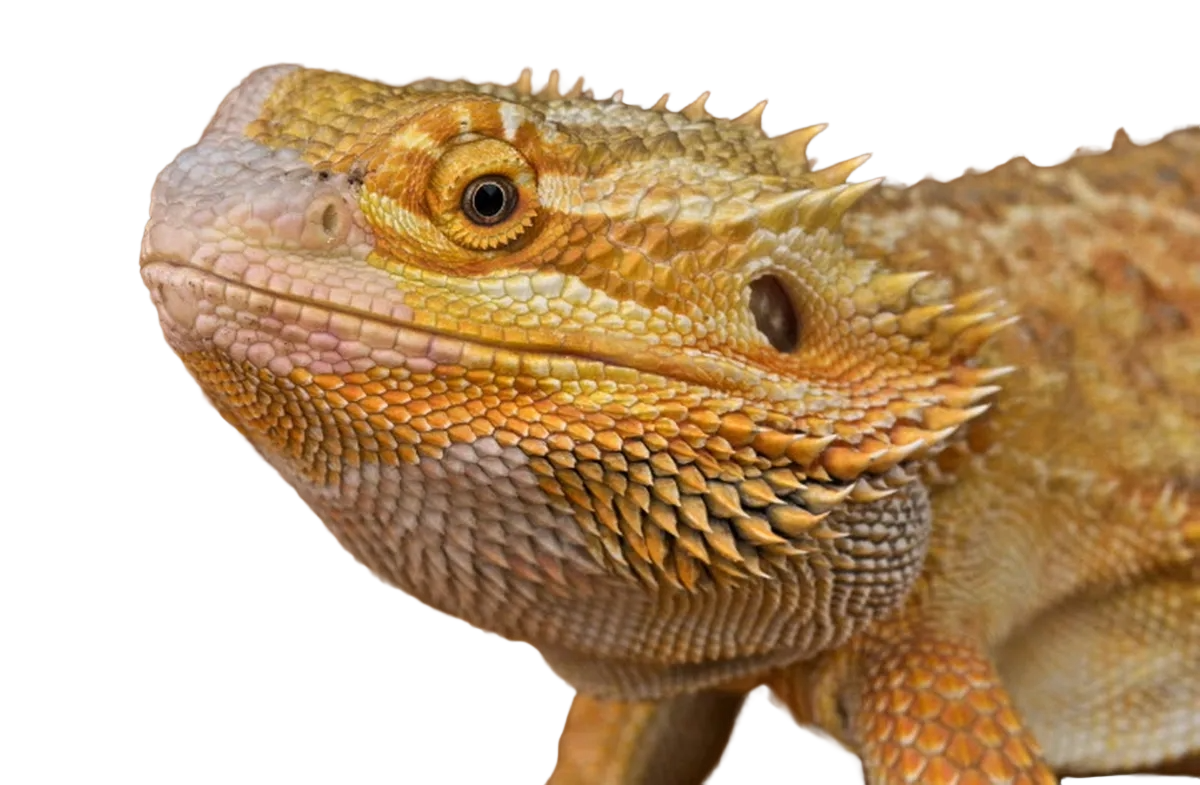Species overview
Bearded dragons (Pogona vitticeps) live in dry scrub, rocky desert, and open woodland. They are diurnal baskers that rely on high heat and UVB for normal physiology (ReptiFiles).
Quick, trustworthy care info for Bearded Dragons.

Bearded dragons are friendly, diurnal lizards from the arid interior of Australia. Their expandable “beard” helps with communication and thermoregulation, and their steady temperaments make them engaging companions.
Most pets are Pogona vitticeps. Adults reach 18–24″ and need room to bask, climb, and explore. With attentive care, lifespans of 8–12+ years are typical.
Bearded dragons (Pogona vitticeps) live in dry scrub, rocky desert, and open woodland. They are diurnal baskers that rely on high heat and UVB for normal physiology (ReptiFiles).
Provide at least a 40‑gallon (36″ × 18″ × 18″) for adults—bigger is better for exercise and gradients. Use a front‑opening enclosure with strong ventilation and sturdy basking platforms (ReptiFiles).
Provide a basking spot of 95–110°F (35–43°C) and a cool side of 75–85°F (24–29°C). Night can drop to 65–75°F (18–24°C). Use digital probes and a thermostat where appropriate (ReptiFiles).
These lizards thrive at low humidity: 30–40% is ideal. Excess moisture increases the risk of respiratory infection. Ensure good airflow with a screen top and avoid placing water bowls near heat sources. Monitor humidity with a digital hygrometer.
Bearded dragons are omnivores: feed a mix of gut-loaded insects (crickets, dubia roaches, black soldier fly larvae) and chopped greens (collard, mustard, dandelion), plus occasional fruits and vegetables. Juveniles eat more protein; adults need more plant matter. Dust feeders with calcium and multivitamin powder as recommended (ReptiFiles Diet).
Add climbing branches, basking rocks, and a variety of hides and decor to encourage exercise and exploration. Rotate items for novelty, and offer supervised time outside the enclosure for additional stimulation (ReptiFiles Enrichment).